Life in Rome has been turned upside down by the coronavirus pandemic, with the Eternal City seeming almost deserted without its usual hordes of tourists.
We look at some of the many things that make Rome unique, to remind those of you who can't wait to return and tempt those who have yet to be enchanted by a city whose charm is eternal.
Museums in Rome
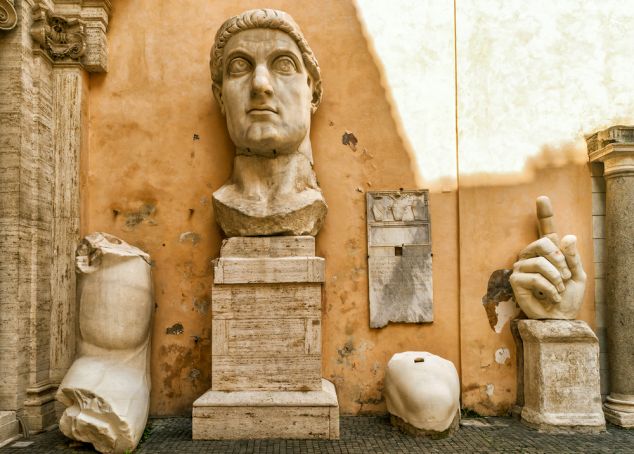
Museums and Rome go hand in hand, with many of the world's greatest treasures housed in the Italian capital. There are of course the obvious venues such as the Capitoline Museums, Galleria Borghese and the Vatican Museums, however the city is full of other gems slightly off the tourist trail such as Palazzo Altemps and Palazzo Massimo alle Terme.
Those of you who prefer modern art should check out the national modern art gallery, known as GNAM, or visit the cutting-edge MAXXI, Italy's museum of 21st-century art. The Chiostro del Bramante, a stunning venue hidden away near Piazza Navona, hosts hugely popular exhibitions, while the city is also full of contemporary art galleries.
Restaurants and bars
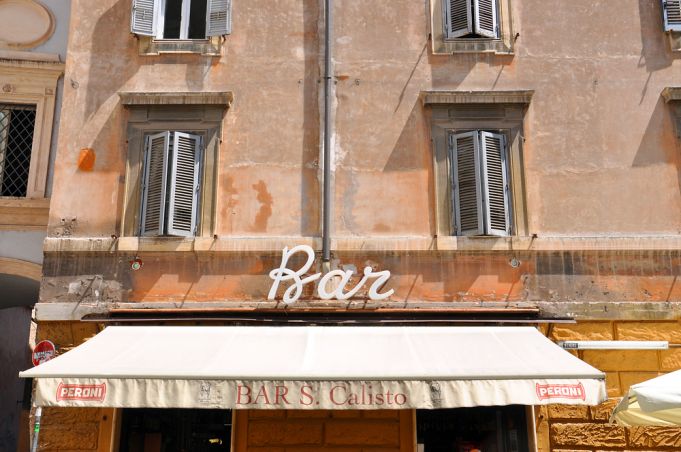
The hospitality sector in Rome has taken a heavy hit from the covid-19 crisis, with the city's bars and restaurants. Social distancing is paramount, which obviously favours larger establishments, and there is an emphasis on outdoor dining. What better city in which to dine al fresco, take your espresso in a sunlit piazza or enjoy a glass of wine. Rome offers a full spectrum of cuisine, from traditional Roman to international, as well as rooftop terraces, pubs, wine bars and cocktail bars. Not to mention pizza and gelato!
Roman palaces
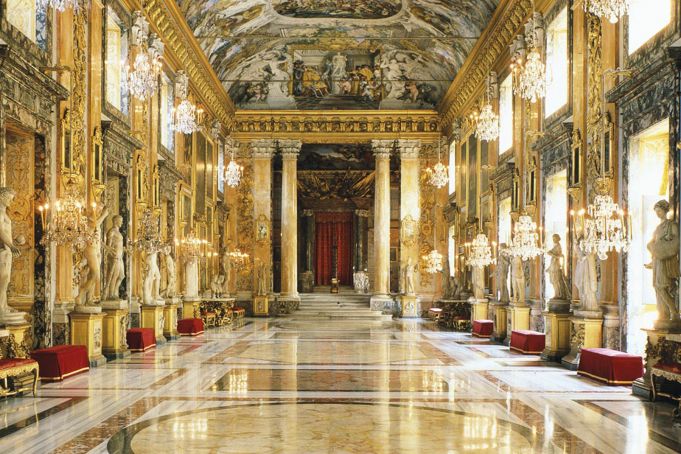
Roman palaces stand proudly around the city centre, with many of their residents today direct descendants of the powerful aristocratic families who shaped the course of history, both in Italy and the Vatican. Over the centuries these old noble families amassed stellar art collections, some of which are on public display. Chief among these are Palazzo Colonna and Galleria Doria Pamphilj, both located in the heart of Rome.
Seven hills of Rome
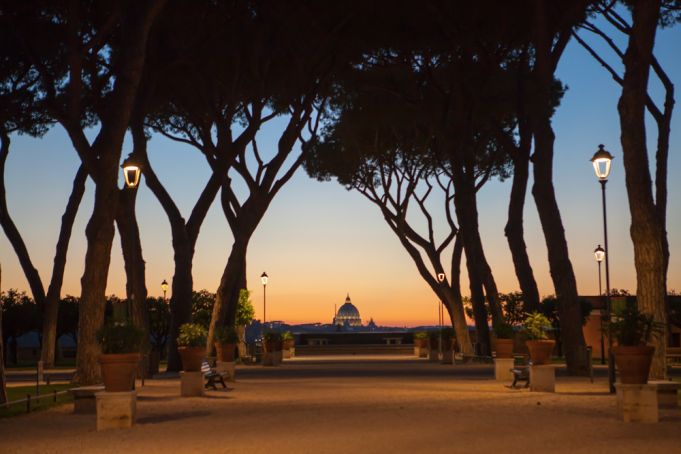
Discover Rome's seven hills: Aventine, Caelian, Capitoline, Esquiline, Palatine, Quirinal, Viminal. According to legend Romulus and Remus founded Rome on the Palatine Hill on 21 April 753 BC, a birthday marked with celebration each year. The city of Rome came into being as the small settlements of the seven hills began to interact, eventually acting as a group, draining the marshy valleys between them and turning them into markets. In the early fourth century BC, the Servian Walls were constructed to protect these seven hills.Each of the seven hills has its own landmarks. Let's look at some of them.
The Aventine, near the Circus Maximus, has an air of mystery about it, with its quiet leafy streets, its Orange Garden and secret keyhole. The Caelian is in the S. Giovanni area, and is best known for its churches including the Basilica of S. Giovanni, S. Clemente and the Scala Santa, as well as the nearby Colosseum and Baths of Caracalla. The central Capitoline is home to the breathtaking collection of the Capitoline Museums as well as hosting the offices of the mayor and city hall.
The Esquiline is today a multicultural district and contains the Domus Aurea and the Baths of Trajan. The Palatine, one of the most ancient areas of the city, is home to the ruins of imperial palaces and can be visited as part of the Colosseum Archaeological Park. The Quirinal is home to the presidential Palazzo Quirinale, the Quattro Fontane and the Trevi Fountain. Lastly, the Viminal hosts the city's opera house, Teatro dell'Opera, and the central Termini train station.
Vatican City
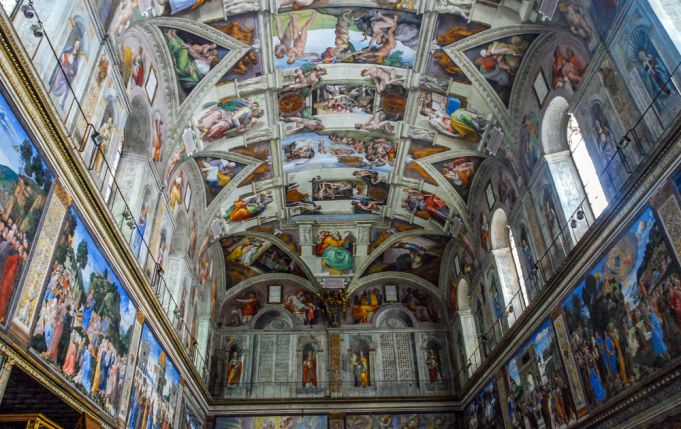
Despite being the world's tiniest sovereign state, Vatican City contains some of the planet's most breathtaking art and architecture. Best known for being the seat of the Pope and the Catholic Church, the Vatican is home to St Peter's Basilica, which needs little introduction, and the Vatican Museums with its unparalleled collection of art, including the Sistine Chapel. Nearby is the majestic Castel S. Angelo, historically a refuge for the popes but today a museum reached by a bridge of angels.
Rome's historic centre
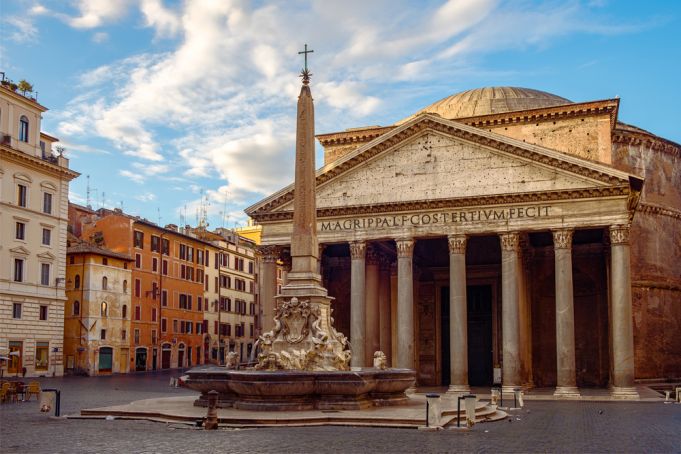
The historic centre of Rome contains some of the city's greatest monuments, from the Trevi Fountain to the Spanish Steps to the Pantheon. The area is home to a magical network of cobbled streets and squares and diverse museums such as the Ara Pacis and the Keats-Shelley House. Some of the best known streets include the central thoroughfare Via del Corso, the exclusive shopping street Via dei Condotti with Rome's oldest coffee house, and the idyllic but hard-to-find Via Margutta, street of the artists.
Rome's churches
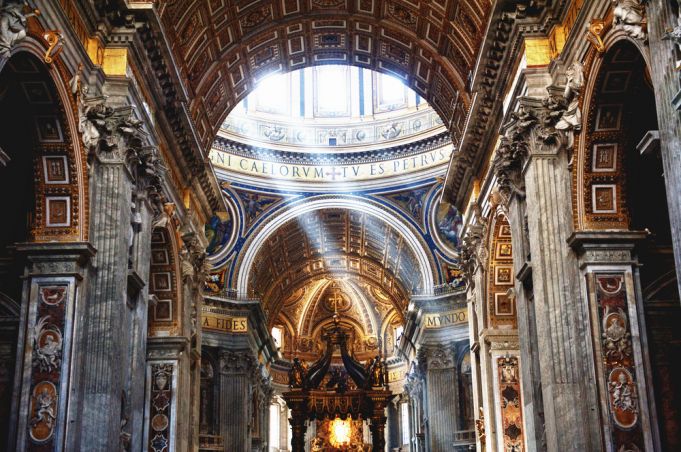
Rome is synonymous with the Catholic Church and it comes as no surprise that the number of churches in the city is estimated at around 900. This is particularly evident in the city centre where powerful noble families vied with each other to create the most beautiful and most impressive houses of worship, commissioning the greatest architects and artists of the day. It is impossible to narrow down a selection of churches to see (St Peter's being the obvious one) but we suggest that you never pass a church door without looking in - particularly in the heart of the city centre - you might even stumble upon a Caravaggio!
Art, opera, theatre and music
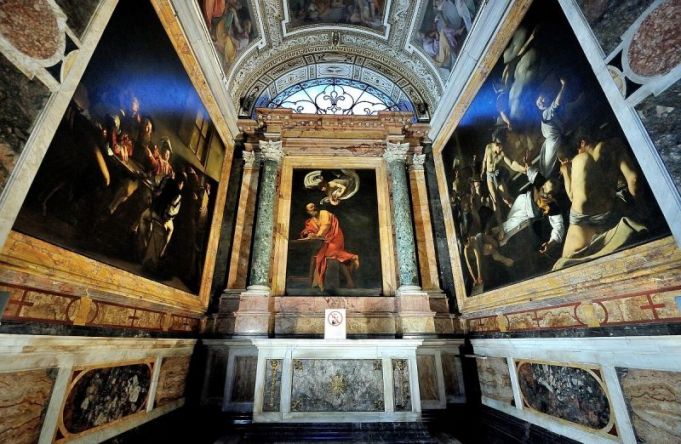
Rome is steeped in the history of art and over the centuries it has hosted some of the greatest artists the world has ever seen. Their paintings and sculptures can be seen today in the city's museums, palaces, churches and squares. It is possible to take walking tours to see the artists' works, following the trail of masters such as Bernini, Borromini, Caravaggio, Gentileschi and Raphael, whose 500th anniversary is currently being celebrated in Rome. The city's opera house, Teatro dell'Opera, offers a sumptuous opera programme, attracting some of the world's greatest directors and artists, while the Accademia Nazionale di S. Cecilia hosts a rich programme of classical music. Each autumn the Romaeuropa Festival organises a cutting-edge international programme of avant-garde theatre, dance, art and music.
Rome's fountains
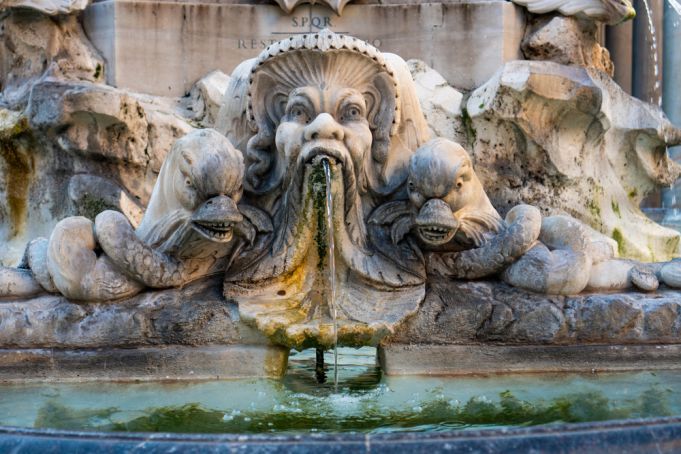
Rome would not be Rome without its spectacular fountains. These majestic landmarks are museum-pieces in their own right, many of them created by the world's greatest artistic geniuses. Rich in history and fables, they provide a focal point to the city's squares, offering freshness and a splash of sound, particularly during the summer heat. But be warned not to dip your feet into them! In addition to the Trevi Fountain, some of Rome's most beautiful fountains can be found in Piazza Navona.
Rome's parks and gardens
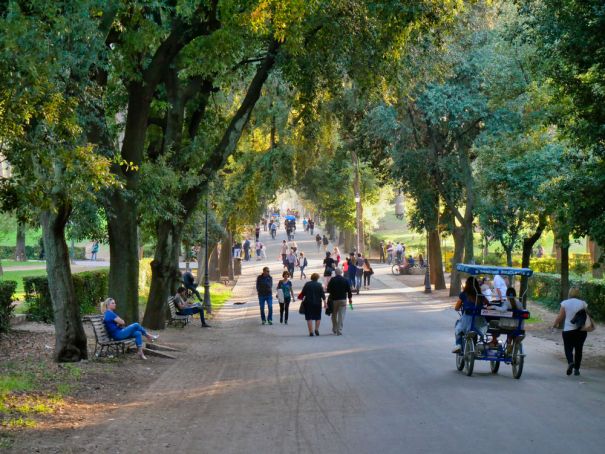
Rome's parks are often overlooked by tourists however they absolutely merit a visit. The most popular one is Villa Borghese which in addition to its beautiful green spaces is home to museums, the zoo and a Shakespearean theatre. The city's parks have inspired artists and writers down through the centuries and provide a wonderful escape from the bustle of the city. The Botanic Garden in Trastevere offers a peaceful voyage around the world through its international collection of plants and trees. See our park guide for full details.
We look forward to seeing you soon.
















